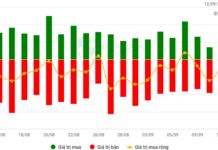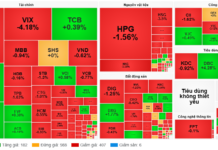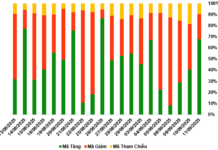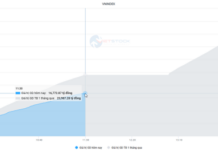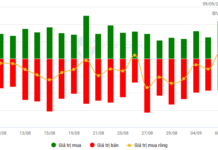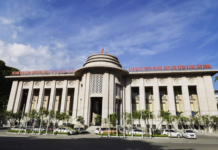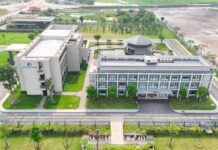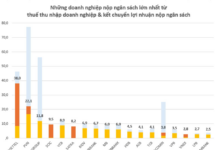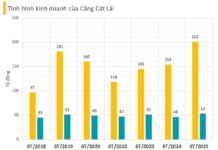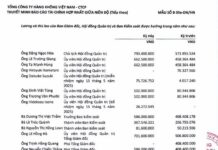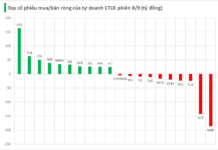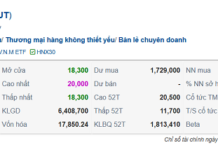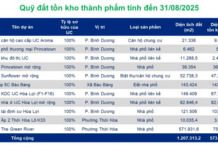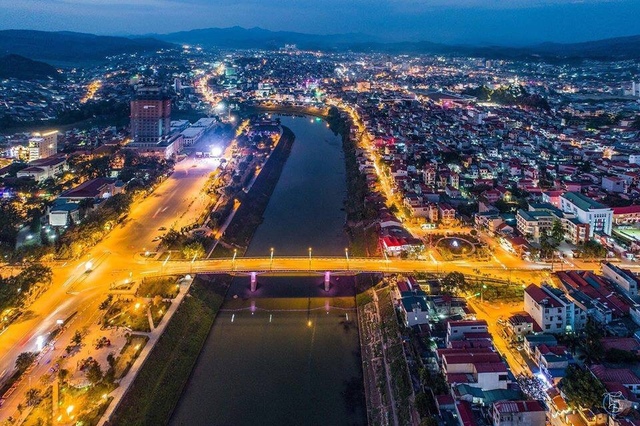
The conference was attended by members of the Party Central Committee: Minister of Planning and Investment Nguyen Chi Dung, Minister of Education and Training Nguyen Kim Son, Minister of Health Dao Hong Lan, Secretary of the Lang Son Provincial Party Committee Nguyen Quoc Doan; leaders of ministries, sectors, central agencies, and some northern mountainous provinces; representatives of diplomatic agencies, international organizations; and representatives of some businesses.
At the conference, Lang Son province announced the basic, core contents of the Lang Son Province Planning for the 2021 – 2030 period, with a vision to 2050, which has been approved by the Prime Minister in Decision No. 236/QD-TTg dated March 19, 2024; gave an overview of the province’s potential, advantages, investment opportunities, preferential investment policies, list of priority investment projects; socio-economic development achievements, and some typical, characteristic, key products, and OCOP products of enterprises in the province.
To specify the development goals in the provincial planning, at the Conference on Announcing the Provincial Planning and Investment Promotion in 2024, Lang Son province granted 14 investment licenses/certificates of investment registration to 14 projects with a total registered capital of VND 18.602 billion, and 9 memoranda of understanding on investment to 9 investors with a total expected registered capital of VND 21.527 billion.
The provincial planning defines the development goals by 2030 to build Lang Son into one of the growth poles, an economic center of the midland and mountainous region of the North, and an increasingly important “bridge” in economic and trade connectivity between Vietnam, ASEAN countries, China, and Europe; having a stable society, ensuring national defense, security, and ecological environment. Lang Son province strives to be among the top 5 provinces in terms of economic scale and GRDP per capita in the midland and mountainous region of the North by 2030.
The planning determines the development orientation of important sectors (industry, services, border gate economy and Dong Dang – Lang Son border gate economic zone, agriculture, forestry, and fishery) and other sectors and fields.
The planning identifies four key breakthroughs for Lang Son’s development, including: (i) Digital transformation and strong improvement of the investment, production, and business environment, creating favorable conditions to attract investment and develop economic sectors; (ii) Developing socio-economic infrastructure, focusing on transportation, urban, industrial park and cluster infrastructure; accelerating the province’s urbanization; (iii) Developing border gate economy, trade, services, and tourism as spearhead economic sectors to boost economic growth; (iv) Developing industry towards improving quality, competitiveness, green, safety, and modernity to become an important driving force for the province’s economic development.
Regarding the plan for organizing socio-economic activities, the Planning is oriented towards the following development model: 1 development axis, 2 economic corridors, and 3 socio-economic regions.
One development axis: Dong Dang – Huu Lung economic development axis linked to the North-South economic corridor running along the expressway from Huu Nghi border gate through Lang Son city, Chi Lang and Huu Lung districts, connecting with Bac Giang, Bac Ninh provinces, and Hanoi Capital.
Two economic corridors: Cao Loc economic corridor (in Lang Son city) – Van Lang – Trang Dinh (along National Highway 4A, Dong Dang – Tra Linh expressway, connecting with Cao Bang province); economic corridor from Lang Son city – Loc Binh – Dinh Lap (along National Highway 4B, Lang Son – Tien Yen expressway, connecting the eastern economic zone of Lang Son province with Quang Ninh province).
Three socio-economic regions: The dynamic economic region includes Lang Son city, Chi Lang district, Huu Lung district; the eastern economic region includes Loc Binh and Dinh Lap districts; the western economic region includes Van Quan, Binh Gia, Bac Son, Van Lang, and Trang Dinh districts.

